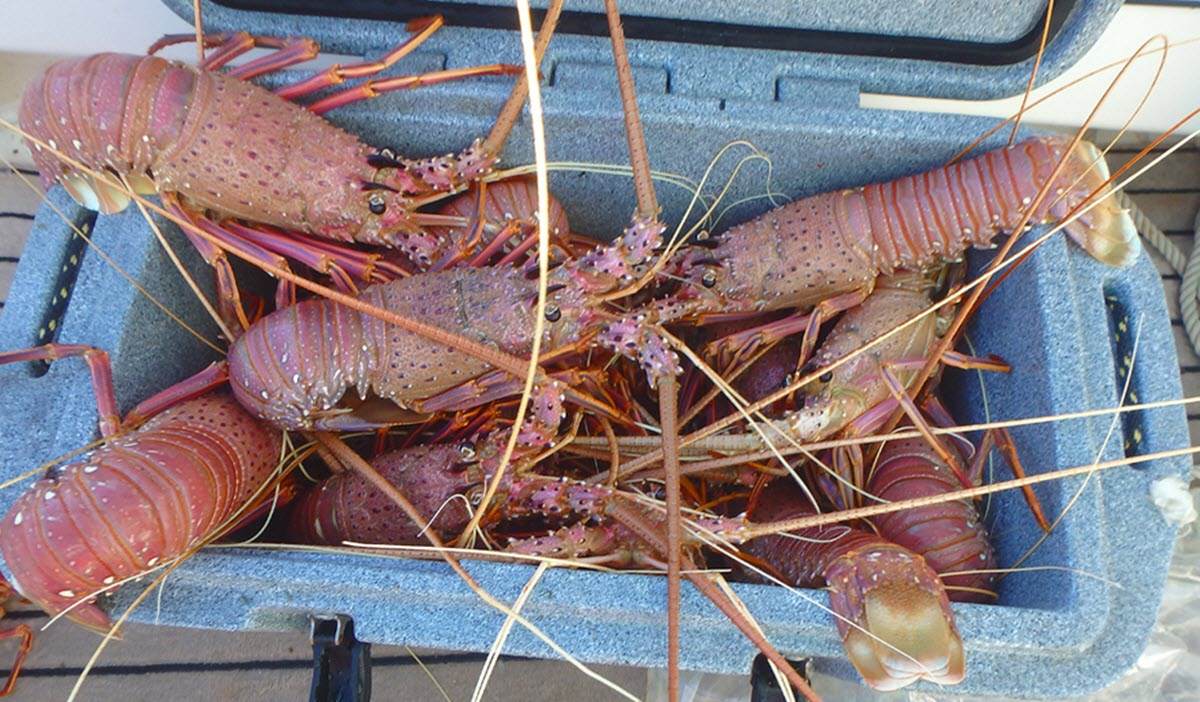Rock lobster
With a fishing zone encompassing 11 million square kilometres, Australia has great access to fish, shellfish and other types of sea food. The comparatively strict Australian environmental protection laws helps keep both quality and abundance up.
Australia is one of the main catchers of rock lobster and there are many Australian recipes available for this delicacy. Below, we will share with you a recipe that’s keeping it simple and helps bring out the natural oceanic yummines of the Australian rock lobster.

Grilled rock lobster tail recipe
Ingredients
- 1 tablespoon lemon juice
- ½ cup of high quality olive oil
- 1 teaspoon salt
- 1 teaspoon paprika powder
- ½ teaspoon garlic powder
- 1/8 teaspoon white pepper
- 2 (10 ounce) rock lobster tails
Instructions
- Preheat the grill. You need high heat for this recipe. ‘
- To make spicy oil, pour lemon juice into a bowl and gradually whisk in the olive oil. Then, whisk in the salt and all the spices. Set aside.
- Use a big knife to split the lobster tails lengthwise.
- Brush the flesh side of teach tail with the spicy oil.
- Lightly oil the grill grate with some spicy oil.
- Place the lobster tails on the grill rack with the flesh side down.
- Grill for 10-12 minutes, turning only once. While grilling, bast the tails frequently with more spicy oil.
- The lobster is ready to serve when it has become opaque and feels firm to the touch.
About rock lobsters
Rock lobster is a name used for many different species of crustaceans, all found within the family Palinuridae. World wide, these lobsters are known under several different names in English, including spiny lobsters and langustas. In Australia, they are sometimes referred to as sea crayfish or sea crawfish.
| Kingdom: | Animalia |
| Phylum: | Arthropoda |
| Subphylum: | Crustacea |
| Class: | Malacostraca |
| Order: | Decapoda |
| Infraorder: | Achelata |
| Family: | Palinuridae |
Rock lobsters are not true lobsters, and are not even closely related to the true lobsters. Unlike true lobsters, rock lobsters lack chelae (claws) on the first four pairs of walking legs. Also, the rock lobsters have long, thick, spiny antennae – hence the name spiny lobsters. True lobsters have chelae on their first three pairs of walking legs, and the chelae on the first pair are big.
